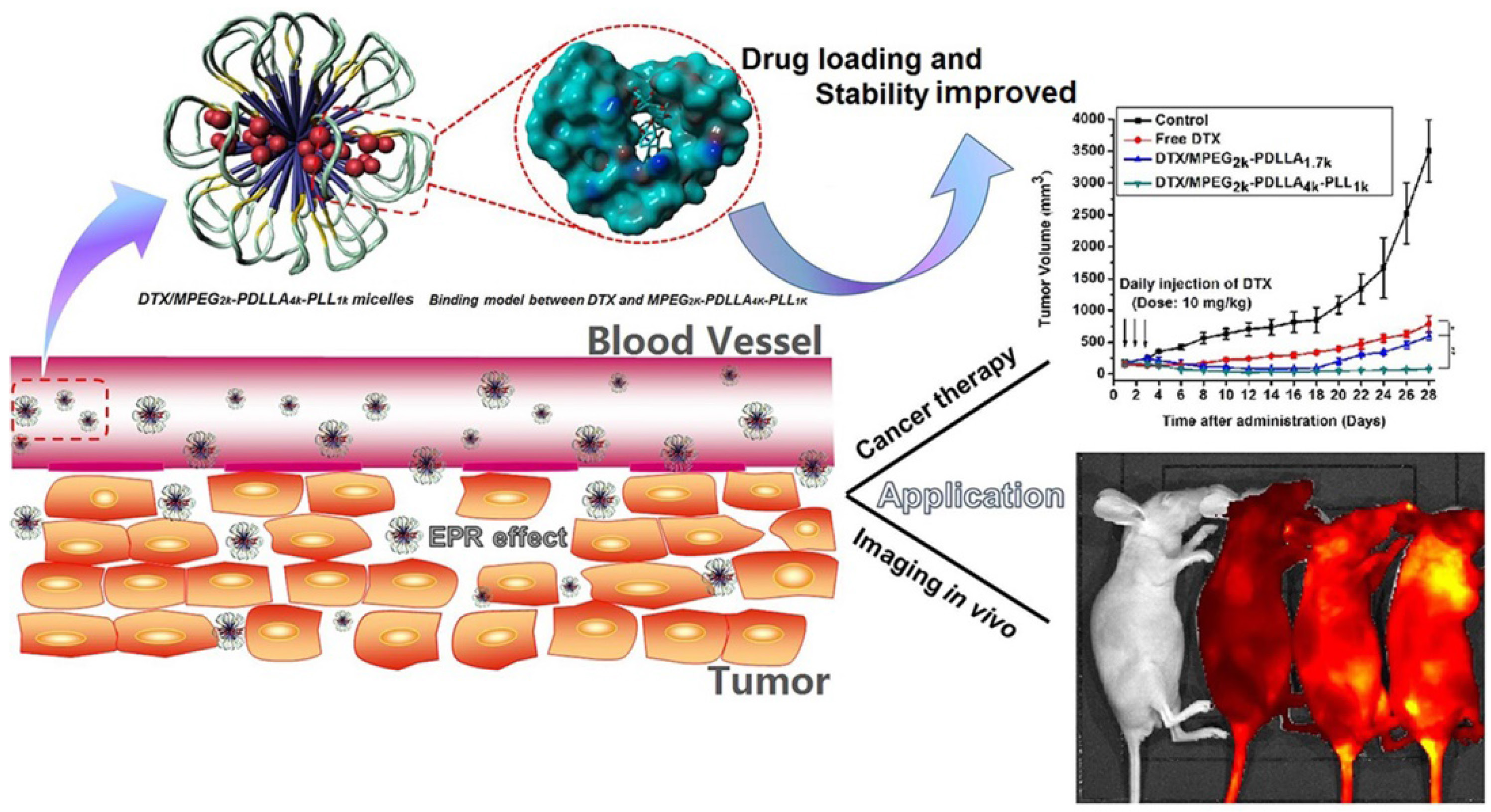当前位置:
X-MOL 学术
›
Theranostics
›
论文详情
Our official English website, www.x-mol.net, welcomes your
feedback! (Note: you will need to create a separate account there.)
Co-Activation of PKC-δ by CRIF1 Modulates Oxidative Stress in Bone Marrow Multipotent Mesenchymal Stromal Cells after Irradiation by Phosphorylating NRF2 Ser40
Theranostics ( IF 12.4 ) Pub Date : 2017-06-25 , DOI: 10.7150/thno.17853 Lili Chen , Qian Ran , Yang Xiang , Lixin Xiang , Li Chen , Fengjie Li , Jiang Wu , Chun Wu , Zhongjun Li
Theranostics ( IF 12.4 ) Pub Date : 2017-06-25 , DOI: 10.7150/thno.17853 Lili Chen , Qian Ran , Yang Xiang , Lixin Xiang , Li Chen , Fengjie Li , Jiang Wu , Chun Wu , Zhongjun Li

|
The high mortality associated with pancytopenia and multi-organ failure resulting from hematopoietic disorders of acute radiation syndrome (h-ARS) creates an urgent need for developing more effective treatment strategies. Here, we showed that bone marrow multipotent mesenchymal stromal cells (BMMSCs) effectively regulate oxidative stress following radiative injury, which might be on account of irradiation-induced elevation of protein levels of CR6-interacting factor 1(CRIF1) and nuclear factor E2-related factor 2(NRF2). Crif1-knockdown BMMSCs presented increased oxidative stress and apoptosis after irradiation, which were partially due to a suppressed antioxidant response mediated by decreased NRF2 nuclear translocation. Co-immunoprecipitation (Co-IP) experiments indicated that CRIF1 interacted with protein kinase C-δ (PKC-δ). NRF2 Ser40 phosphorylation was inhibited in Crif1-deficient BMMSCs even in the presence of three kinds of PKC agonists, suggesting that CRIF1 might co-activate PKC-δ to phosphorylate NRF2 Ser40. After radiative injury, the supporting effect of BMMSCs for the colony forming ability of HSCs in vitro was reduced, and the deficiency of CRIF1 aggravated such damage. Thus, CRIF1 plays an essential role in PKC-δ/NRF2 pathway modulation to alleviate oxidative stress in BMMSCs after irradiative injury, and at some level it may maintain the HSCs-supporting effect of BMMSCs after radiative injuries.
中文翻译:

磷酸化NRF2 Ser40辐射后,CRIF1对PKC-δ的共激活调节了骨髓多能间质基质细胞的氧化应激。
由急性放射综合症(h-ARS)的造血系统疾病引起的全血细胞减少和多器官衰竭相关的高死亡率,迫切需要开发更有效的治疗策略。在这里,我们表明骨髓多能间充质基质细胞(BMMSCs)有效调节辐射损伤后的氧化应激,这可能是由于辐射诱导的CR6相互作用因子1(CRIF1)和核因子E2相关蛋白水平的升高因子2(NRF2)。Crif1敲低BMMSCs照射后氧化应激和细胞凋亡增加,部分原因是NRF2核易位减少介导的抗氧化反应受到抑制。免疫共沉淀(Co-IP)实验表明CRIF1与蛋白激酶C-δ(PKC-δ)相互作用。即使在三种PKC激动剂的存在下,在缺乏Crif1的BMMSC中NRF2 Ser40的磷酸化也被抑制,这表明CRIF1可能共激活PKC-δ来磷酸化NRF2 Ser40。放射损伤后,BMMSCs对HSCs体外菌落形成能力的支持作用降低,并且CRIF1的缺乏加剧了这种损害。因此,CRIF1在PKC-δ/ NRF2途径调节中减轻辐射损伤后BMMSC的氧化应激起着至关重要的作用,并且在一定程度上可以维持辐射损伤后BMMSC的HSCs支持作用。
更新日期:2017-10-01
中文翻译:

磷酸化NRF2 Ser40辐射后,CRIF1对PKC-δ的共激活调节了骨髓多能间质基质细胞的氧化应激。
由急性放射综合症(h-ARS)的造血系统疾病引起的全血细胞减少和多器官衰竭相关的高死亡率,迫切需要开发更有效的治疗策略。在这里,我们表明骨髓多能间充质基质细胞(BMMSCs)有效调节辐射损伤后的氧化应激,这可能是由于辐射诱导的CR6相互作用因子1(CRIF1)和核因子E2相关蛋白水平的升高因子2(NRF2)。Crif1敲低BMMSCs照射后氧化应激和细胞凋亡增加,部分原因是NRF2核易位减少介导的抗氧化反应受到抑制。免疫共沉淀(Co-IP)实验表明CRIF1与蛋白激酶C-δ(PKC-δ)相互作用。即使在三种PKC激动剂的存在下,在缺乏Crif1的BMMSC中NRF2 Ser40的磷酸化也被抑制,这表明CRIF1可能共激活PKC-δ来磷酸化NRF2 Ser40。放射损伤后,BMMSCs对HSCs体外菌落形成能力的支持作用降低,并且CRIF1的缺乏加剧了这种损害。因此,CRIF1在PKC-δ/ NRF2途径调节中减轻辐射损伤后BMMSC的氧化应激起着至关重要的作用,并且在一定程度上可以维持辐射损伤后BMMSC的HSCs支持作用。











































 京公网安备 11010802027423号
京公网安备 11010802027423号